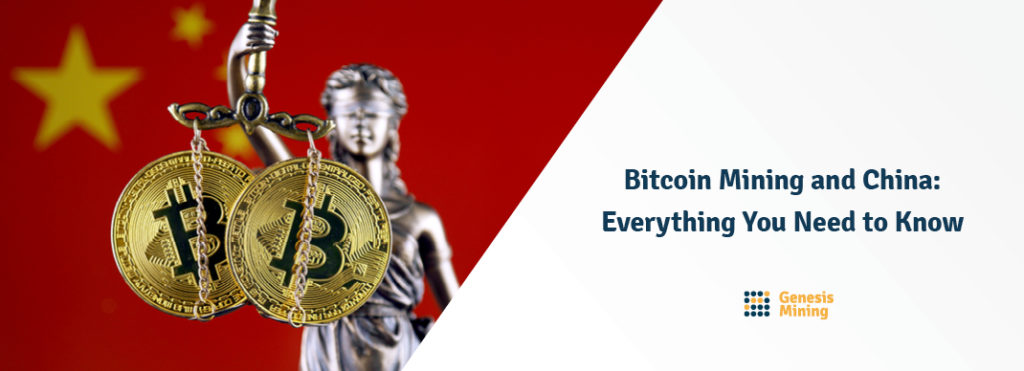Welcome back to our blog series: 11 Myths of Bitcoin. Continuing with Myth…
#4: Bitcoin is a Ponzi scheme or a “tulip” mania.
Ponzi scheme: a fraudulent investment operation where the operator, an individual or organization, pays returns to its investors from new capital paid to the operators by new investors, rather than from profit earned by the operator.
Many have accused Bitcoin of being a Ponzi scheme. These critics explain this by stating that early adopters who invested early are going to profit as more investors come in. This argument is rather foolish in the sense that it describes the scenario of any new technology, innovation, or company. The first investors in Apple made a large profit from those who purchased later as the stock value increased. When something is starting out, there is always a much higher risk than later after the concept or technology has been fully proven. Therefore greater reward to offset the risk. There are countless stories in the press regarding the rapid wealth appreciation in the Bitcoin space. Take for example, the college student from Norway who invested $26 into Bitcoin in 2010 and forgot about it. In 2013 he came back to find over $800,000 and used these funds to purchase an apartment for himself. The price increased from 2010 to 2013 simply because more people found value in Bitcoin than was the case at the earlier stage.
Ponzi schemes work when there is a central party in control of the operation, Bitcoin has no one in control. It is a system that runs entirely on a network of millions of users.
One comparison that is often used to denigrate Bitcoin is to compare Bitcoin to the tulip mania which took place in Amsterdam in the 1600’s. At the time, collecting was a common form of investment and the tulip, which was considered a scarce collectible, quickly rose in value, increasing several thousand percent. Many people made large sums of money from these early tulip investments but finally the price dropped suddenly and many more were left with a worthless flower.
The only real similarity between the tulip mania and Bitcoin’s rise is that the value increased suddenly out of seemingly nowhere. The differences however, are plentiful. While the tulip was considered to be beautiful, it did not have any real world value and it did not solve any real world problems. The tulip was scarce in the beginning because it was a native flower to Central Asia but as the price began to increase, so did supply. Bitcoin has intrinsic value because it solves real world problems. Also, the supply does not have the ability to increase as demand grows. Any comparison between Bitcoin and the investing of tulips in the 1600’s is foolish and naïve.
Stay tuned for next week when we will publish myth #4 – Bitcoin is not regulated and therefore cannot be safe.





